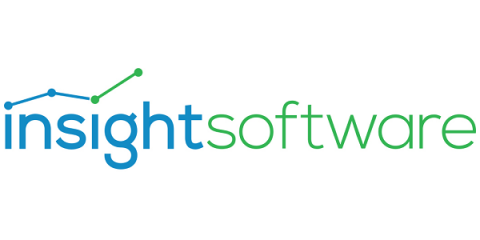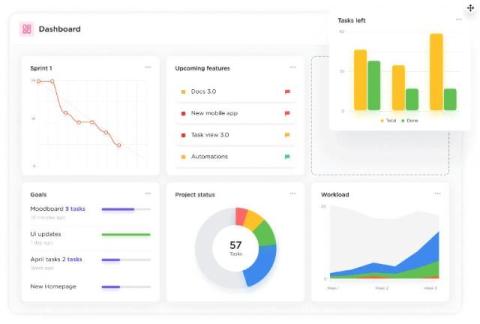How to Display Charts on a Dashboard Like a Catalog
Yellowfin provide extensive customization for the design of dashboard content so you can achieve the exact look and feel required for your unique business audience and use case. Out-of-the-box, our drag-and-drop design canvas (Yellowfin Canvas) and low-code, no-code user interface enables non-developers to easily access many handy features. However, sometimes, you may want to extend Yellowfin further, or control the design and layout of your dashboard in a more specific way.











